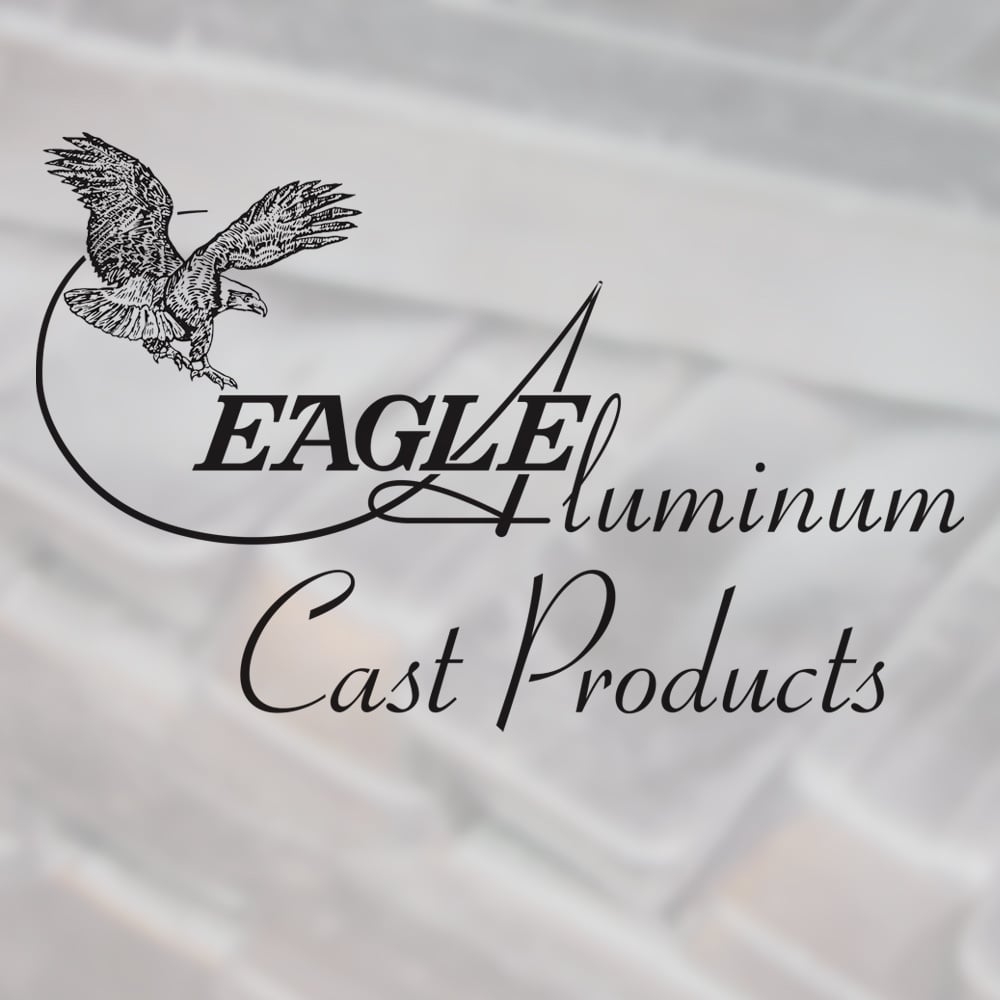All About Al: Choosing the Right Aluminum Alloy

In manufacturing, aluminum is rarely pure. Instead, manufacturers form alloys that dramatically increase aluminum’s strength and stiffness, while maintaining its other desirable properties. Both professionals and non-professionals often make comparisons between aluminum and steel, because the two metals are both used for such a wide variety of products.
But comparing aluminum to steel is a bit like comparing apples to oranges: steel is already an alloy, while aluminum is an element. Carbon steel, a basic steel alloy, is composed of iron (Fe) and carbon (C). Pure aluminum, despite its many winning properties, is too soft and not strong enough for most industrial applications. But aluminum alloys can be thirty times stronger than pure aluminum, and regularly exceed steel in strength-to-weight ratios.
EC Aluminum: as pure as it gets
Used in electrical transmission lines, electrical-conductor-grade aluminum (EC Aluminum) is comprised of a minimum of 99.45% pure aluminum. EC Al wires have 2x the conductivity of copper by weight.

If you're considering working with aluminum to produce a part or product, it's important to have an idea of the properties of different aluminum alloys. Whether you're interested in aluminum casting or another process like extrusion or stamping, your suppliercan help you decide on the perfect balance between properties like strength, weight, malleability and castability. Aluminum alloys are often divided into two categories: wrought alloys and casting alloys.
- Wrought alloys are intended for plastic manipulation, and so are designed to be highly ductile and fracture resistant.
- Casting alloys are intended for casting, and so must balance low melting points and low coefficients of expansion with attractive characteristics as solids.
The following chart is a great starting point, listing several commonly used aluminum alloys, along with their compositions, properties and common uses.
|
Alloy Designation |
Forming Technique |
Composition (%) |
Characteristics |
Common Uses |
|
1350 |
Wrought |
99 Al |
Nearly pure Al; excellent conductivity and formability |
Electrical wiring |
|
2024-T4 |
Wrought |
4.4 Cu, .6 Mn, 1.5 Mg |
Good workability and machinability; good corrosion resistance |
Aircraft, automotive parts |
|
6061-T6 |
Wrought |
.28 Cu, .6 Si, 1 Mg, .2 Cr |
High strength and corrosion resistance |
Architecture, automotive, sports equipment |
|
319 |
Casting |
3.5 Cu, 6 Si, 1 Zn, 1 Fe |
Excellent castability and corrosion resistance |
Engine parts, gas and oil tanks |
|
A356 |
Casting |
7 Si |
Excellent castability, but with increased strength and ductility |
High strength structural parts, machine parts, truck chassis |
|
712 |
Casting |
5.8 Zn |
High tensile strength; heat treatment not required |
Marine castings, machine tool parts |
By combining pure aluminum with other elements to create aluminum alloys, manufacturers are able to improve strength while maintaining light weight, conductivity and corrosion resistance.
Download our free ebook, Manufacturing with Aluminum, to learn more about producing aluminum products.
Tags: Processes, Aluminum Casting, Aluminum, All About Al, Metals

Written by Jim Smith, Jr.
Jim Smith, Jr. is the Technical & Sales Manager at Eagle Aluminum Cast Products in Muskegon, MI. Given his father’s career as a mechanical engineer, Jim grew up in foundries and often used castings his father brought home as toys. During his college years and into his first jobs, Jim developed skills in quality, engineering and customer service. Jim joined Eagle Aluminum in 2012 as a Technical Analyst and now manages all of the company’s Technical and Sales functions.




